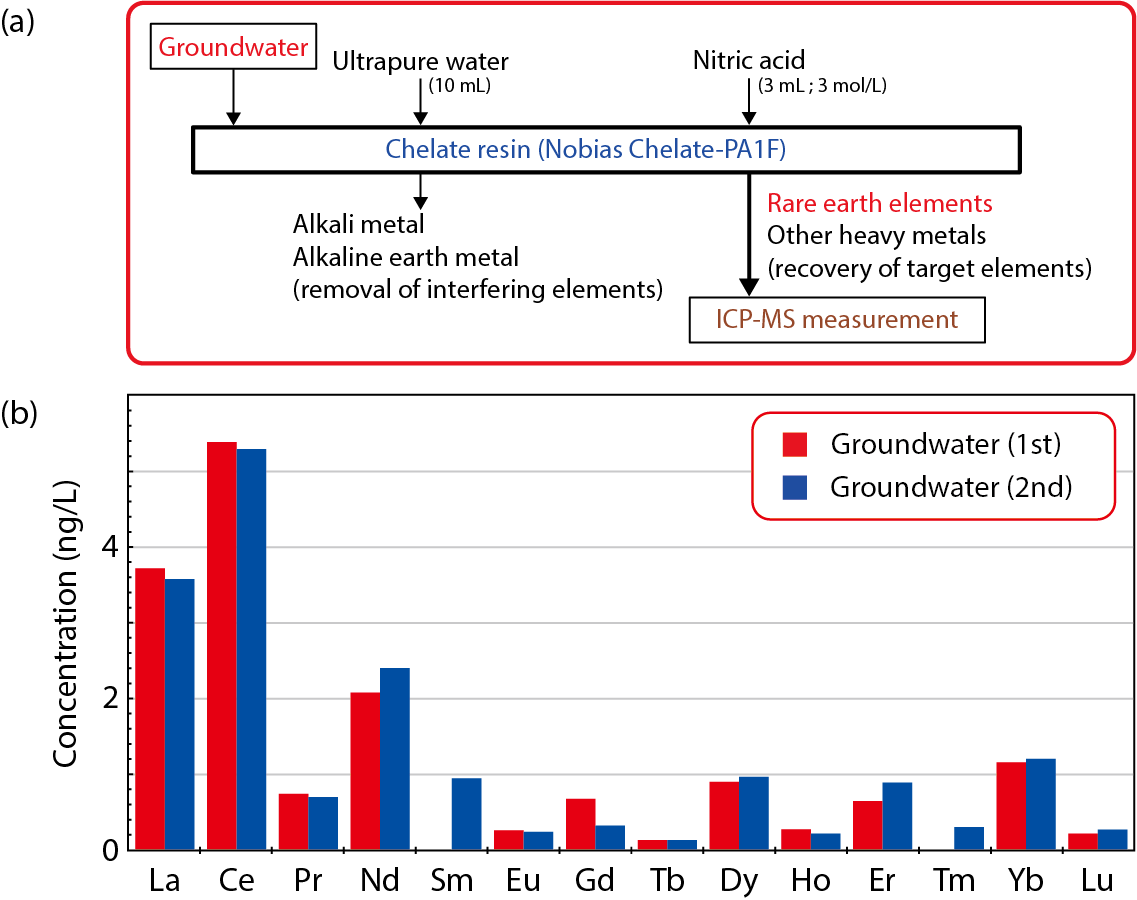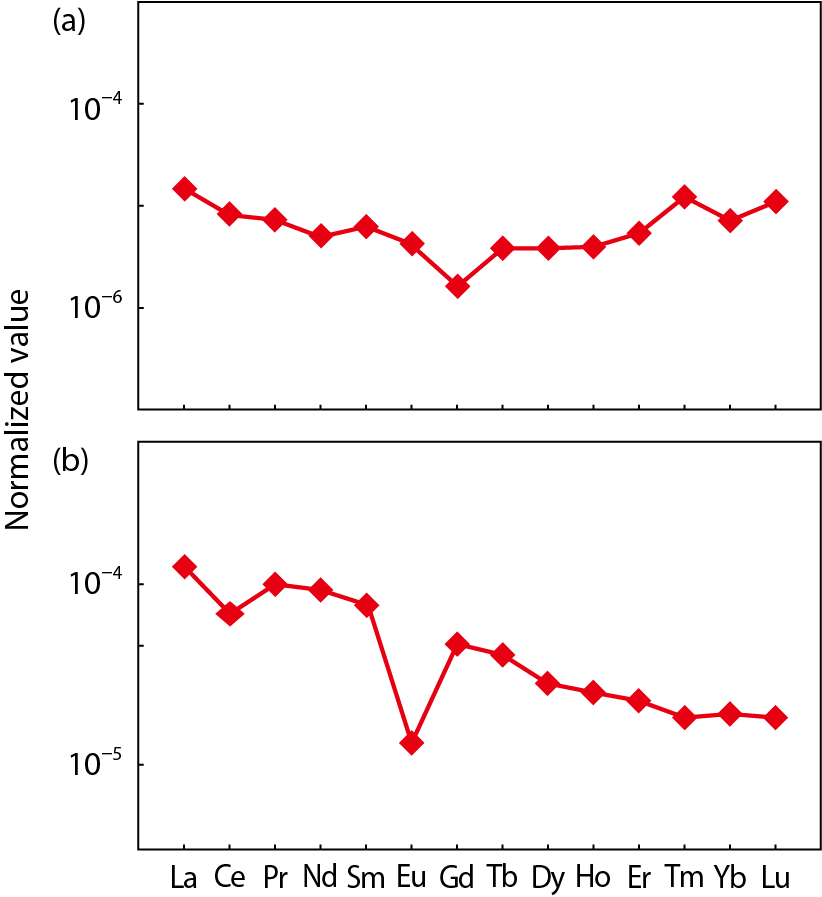
Fig.8-6 Flowchart for the analysis of rare earth elements (REEs) and REE content in groundwater samples by onsite extraction methods

Fig.8-7 REE patterns in groundwater samples from onsite extraction methods
Geochemical properties such as the redox potential play an important role in the material cycles that occur in geological environments, so understanding their properties is crucial issue for successful geological disposal. The distribution and behavior of rare earth elements (REEs) and other chemical elements found in nature will indicate the process of evolution of the chemical conditions, as well as the sources of these materials. However, a quantitative analysis of REEs in natural samples is made complicated by their extremely low concentration in such samples, as well as by mass interference from other elements (e.g., Ba).
In this study, analyses (Fig.8-6) were performed using onsite solid-phase extraction and preconcentration methods for REEs, using a chelate resin comprising the iminobisacetic acid and the ethylenediaminetriacetic acid (Nobias Chelate PA1, Hitachi High-Tech Fielding Corporation). The chelate resin has previously been used to preconcentrate micronutrients in seawater and salt water samples; however, the application of the chelate resin to the REE analyses of groundwater and river water samples has rarely been reported. Standard reference materials and natural groundwater samples were used to evaluate these methods. The concentrations of REEs and other chemical elements were measured three times for each sample by using an inductively coupled plasma mass spectrometer (ICP-MS) at JAEA.
Using the chelate resin, background levels of REEs were found to be smaller than 0.3 ng/L, while their recovery rates (REEs, 1 ng/L) were discovered to be more than 90 % of those of artificial surface water. Barium contents were lower than the detection limit after extraction. Additionally, repeat analyses were performed to confirm the reproducibility of the onsite extraction (Fig.8-6). The REE patterns were observed for groundwater samples upon performing an onsite solid-phase extraction using the chelate resin (Fig.8-7). The observed REE data in natural water samples were in good agreement with those obtained using the previous method. Therefore, onsite solid-phase extraction using the chelate resin was demonstrated to be a rapid and simple preparation technique for REE analyses.
This work was a part of the result of the “R&D program supporting the development of technology for geological disposal of high-level radioactive waste”, supported by the Agency of Natural Resources and Energy (ANRE), the Ministry of Economy, Trade and Industry (METI), Japan.